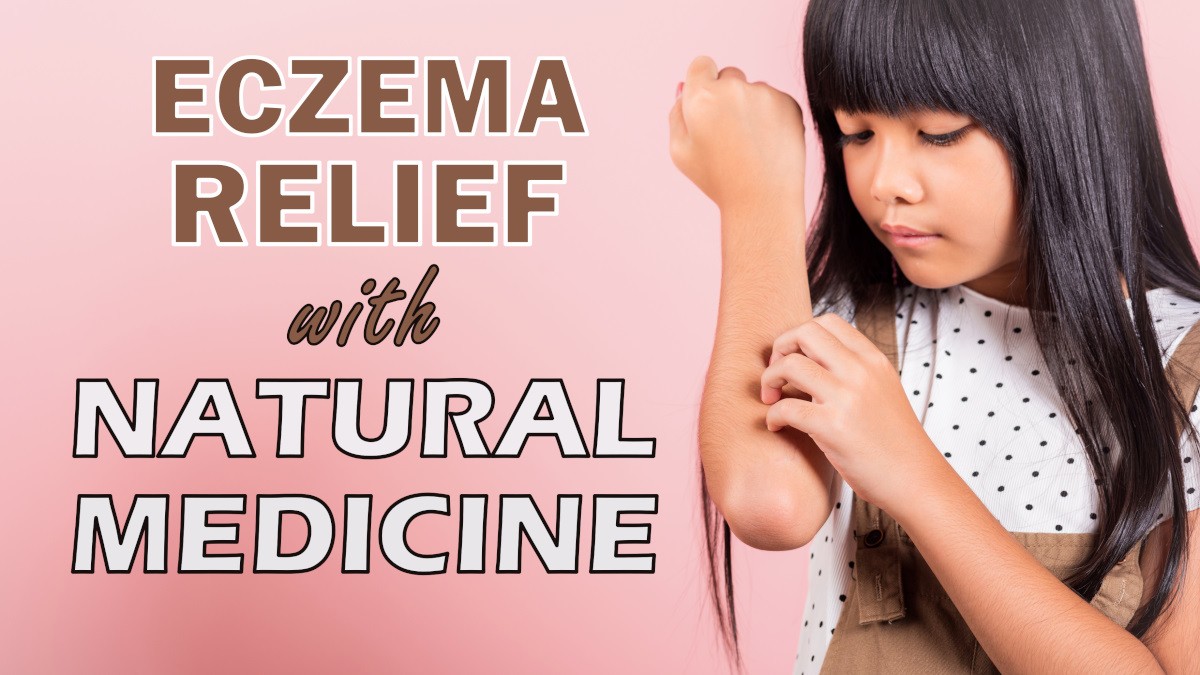Koji is a less known superfood found in a variety of macrobiotic foods. Containing Aspergillus oryzae, koji is used to make foods such as miso, amazaki and tamari. Read More…

Chronic Staph Infections and Your Health
Posted 15 May '18
S. aureus, also nicknamed “staph”, is a type of bacteria that lives inside the body and is opportunistic. About a third of individuals carry Staphylococcus aureus, usually in their noses, pharynx and on skin folds, such as armpits and elbows. If a person is healthy and immunocompetent, the colonisation of the Staphylococcus aureus will not lead to any symptom or disease. Furthermore, staph infections can be antibiotic drug resistant and tricky to treat with traditional antibiotics.
Staph bacteria can get into the body through direct contact with contaminated objects, or through air when someone sneezes or coughs, releasing tiny droplets of contaminated saliva that gets suspended in the air. And when this happens, the staph population increases and there becomes an infection. Staph can enter the body through a wound (broken skin), or other entry sites such as the nose or mouth.
Types of Staph Infection
There are two types of staph infection. One is the skin infection, and the other, invasive infection. The most common causes are through:
Food poisoning and Gastrointestinal infections. When directly ingested, staph will cause diarrhea, vomiting, and severe stomach pains. Often infections are low grade in the digestive tract and contribute to chronic fatigue symptoms and have also be linked to mood and behaviour issues such as OCD.
Wound infections. When staph gets transmitted onto skin openings, it will infect the wound, develop pus, and cause swelling and pain.
Pneumonia. This happens when staph gets into the lungs, thereby causing the infected person fever, coughs, and difficulty in breathing.
Skin lesions. Any breakage on the skin — boils, impetigo, dermatitis — can become infected by staph bacteria.
Who are likely to be infected?
Anybody can get an infection and it can be just low grade within our mouth bacteria or digestive tract. We may not even know we are carrying them. The impact on our health will depend on our immune system strength, stress levels, diet and even genetic predispositions.
If an individual’s immune system is compromised, S. aureus infections could become life threatening. It may also lead to pyogenic infections of the skin, eyes, and the genital tract. Most easily affected are infants, toddlers, and the elderly because their immune system has trouble fighting off the sudden increase of bacteria in their bodies. People who are staying in the hospital for a long period may also develop a staph infection. This disease is called HA-MRSA, or hospital-acquired methicillin-resistant Staphylococcus aureus. This kind of infection is very contagious.
Staph infection Prevention
Infections of S. aureus can be avoided through:
- Proper hygiene. Be sure to wash your hands properly and frequently. If you touch a contaminated surface and touch your body with the contaminated finger or hand, it can infect an oil gland or hair follicle. Rub your eyes with the contaminated fingers, and you may develop pink eye. Shower regularly as well. Use your own personal hygiene items and avoid sharing clothes. Shirts, shorts, underwear, jackets, socks… All types of fabric that you regularly use including linen and towels, can become a medium for staph transmission. For women, change feminine napkins and tampons regularly, every four to eight hours. Prolonged use can breed staph bacteria and enter the bodies through the genitals and into the bloodstream.
- Clean and cover wounds immediately. Also, keep the wound dry to allow the skin to repair itself.
- Proper handling of food. Observe sanitation practices when cooking. Store utensils and kitchen ware in a clean cabinet. It is best to wash utensils before using especially when they have not been used for a while. Wash your hands before and especially after handling raw ingredients. Touched raw meat? Wash the hands before touching a cooking utensil or a spice jar in order to prevent the spread of bacteria. Disinfect any juice from raw meats that drips on the floor or the kitchen counter. Don’t use the knife that was used on raw meat to slice tomatoes for the salad. Cook the food thoroughly to eliminate bacteria. However, when cooking steak medium rare to medium raw, make sure that the outside is properly seared. Cooking ground meat medium rare is not advisable as bacteria may be present inside the formed meat patty. Store food in the correct temperature and location. Raw meats should always be stored in the freezer. The refrigerator must have a temperature of 4 degrees Celsius.
- Keep your immune system strong. There are multiple essential minerals that contribute to a strong immune system. Consider high dosage of vitamin C, therapeutic dosages of zinc, ionic silver (short term) and probiotics. Also strong therapeutic dosages of herbal medicine extract can be used with supervision of your practitioner. Chemist brought herbal preparations are not strong enough and are often made with poor quality herbs. Your practitioner can prescribe stronger blends and much higher dosages which are safe under the correct guidance.
For more information or support, get in touch.





